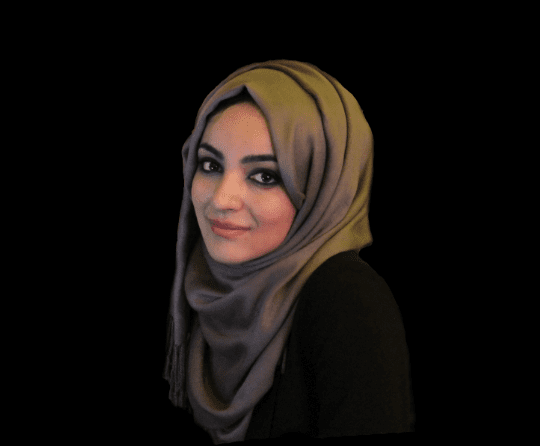The UNESCO World Heritage town of Kairouan in Tunisia used to be one of the greatest centres of Islamic scholarship and Quranic learning between the ninth and eleventh centuries. The city has a striking whitewashed medina with several splendid mosques, including the Great Mosque of Kariouan.

The Great Mosque of Kairouan:
Your Tunisian stay is somewhat lacking if you do not visit the oldest and most historically significant Islamic structure in North Africa built in 670 AD. Also called Uqba bin Nafei mosque, in reference to the Muslim conqueror of the Maghreb who built it, this worldwide architectural masterpiece is considered the ancestor of all the mosques in the Western Islamic world.
Majestic in its architecture, the mosque is spread over 9,000 square metres. It displays a spacious, marble-paved courtyard flanked by ancient columns marching into the distance, an impressive square minaret, and a very tranquil prayer hall.
![Entrance to the Great Mosque, Kairouan [Flickr/Weetoon66]](https://i0.wp.com/www.middleeastmonitor.com/wp-content/uploads/2016/08/prayer-hall-door-1200x798.jpg?resize=933%2C620&ssl=1)
Entrance to the Great Mosque, Kairouan [Flickr/Weetoon66]
Expect to spend at least one hour walking around the courtyard and admiring the magnificence of the stonework, plasterwork and mosaic as well as the attractive interiors. It is recommended to go with a knowledgeable local guide in order to better appreciate the significance of the site. Should you want a panoramic view, some of the shopkeepers on the south side of the building will allow you to climb up to their roofs.
Unless you are going to actually pray, it is best to avoid going on Fridays and Eid holiday. Women must also cover their hair out of respect for this important place of worship before going in, so it is recommended to take a scarf or shawl. If not, you can always pick something up at the entrance for a modest sum.
THE MEDINA:
At the centre of Kairouan is the Medina, the Old Town which is accented by narrow roads lined with colourful whitewashed houses that give the medina its character. In the narrow winding alleys, you will see little kids playing among the beautiful little Tunisian houses and shops, which exhibit beautiful doors and stone, carved windows.
![Boys playing in the Medina [Flickr/Alberto]](https://i0.wp.com/www.middleeastmonitor.com/wp-content/uploads/2016/08/Boys-in-the-medina.jpg?resize=640%2C437&ssl=1)
Boys playing in the Medina [Flickr/Alberto]
![[Flickr/Sek Keung Lo]](https://i0.wp.com/www.middleeastmonitor.com/wp-content/uploads/2016/08/Rugs.jpg?resize=222%2C333&ssl=1)
[Flickr/Sek Keung Lo]
As you pass through the media, you will stumble upon a staircase leading to Bir Barouta, a well where water is drawn up by a camel. You can see the Camel in Action and drink water from the well.
Another must visit in the medina is the house museum where you can take a tour for a chance to see how people lived in the middle class family homes. The museum displays stunning furniture, clothing, beds, cellars, and a roof terrace that gives you a wonderful view across the rooftops of the city. There are also professional women weaving carpets inside of the house. You can order for tailor made carpet or buy a standard one metre square rug on the spot.
![The souq in Medina's main street [Flickr/Véronique Debord-Lazaro]](https://i0.wp.com/www.middleeastmonitor.com/wp-content/uploads/2016/08/Souq.jpg?resize=800%2C535&ssl=1)
The souq in Medina’s main street [Flickr/Véronique Debord-Lazaro]











